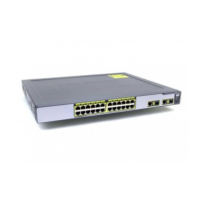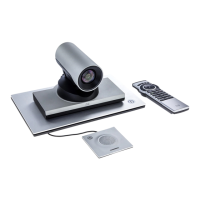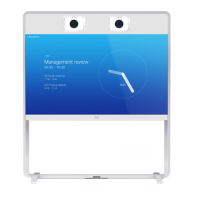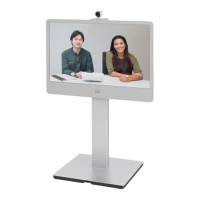is=string
Selected field and subfield exactly match the given string.
contains=string
Selected field and subfield contain the given string. Note that the CPL standard only allows
for this matching on the display subfield; however the VCS allows it on any type of field.
subdomain-
of=string
If the selected field is numeric (for example, the tel subfield) then this matches as a prefix; so
address subdomain-of="555" matches 5556734 and so on. If the field is not numeric
then normal domain name matching is applied; so
address subdomain-of="company.com" matches nodeA.company.com and so on.
regex="regular
expression"
Selected field and subfield match the given regular expression.
All address comparisons ignore upper/lower case differences so address is="Fred" will also match
fred, freD and so on.
field
Within the address-switch node, the mandatory field parameter specifies which address is to be
considered. The supported attributes and their interpretation are shown below:
Field parameter
attributes
SIP H.323
unauthenticated-
origin
The "From" and "ReplyTo" fields
of the incoming message.
The source aliases from the original LRQ or ARQ that
started the call. If a SETUP is received without a
preceding RAS message then the origin is taken from
the SETUP.
authenticated-
origin
and
origin
The "From" and "ReplyTo" fields
of the message if it authenticated
correctly (or where the relevant
Authentication Policy is Treat
as authenticated), otherwise
not-present.
The source aliases from the original LRQ or ARQ that
started the call if it authenticated correctly (or where the
relevant Authentication Policy is Treat as
authenticated) otherwise not-present. Because
SETUP messages are not authenticated, if the VCS
receives a SETUP without a preceding RAS message
the origin will always be not-present.
originating-zone
The name of the zone or subzone for the originating leg of the call. If the call originates
from a neighbor, traversal server or traversal client zone then this will equate to the zone
name. If it comes from an endpoint within one of the local subzones this will be the name of
the subzone. If the call originates from any other locally registered endpoint this will be
"DefaultSubZone". In all other cases this will be "DefaultZone".
originating-user
If the relevant Authentication Policy is Check credentials or Treat as authenticated this is
the username used for authentication, otherwise not-present.
registered-
origin
If the call originates from a registered endpoint this is the list of all aliases it has registered,
otherwise not-present.
destination
The destination aliases.
original-
destination
The destination aliases.
Note that any Authentication Policy settings that apply are those configured for the relevant zone or subzone
according to the source of the incoming message.
If the selected field contains multiple aliases then the VCS will attempt to match each address node with all
of the aliases before proceeding to the next address node, that is, an address node matches if it matches any
alias.
Cisco VCS Administrator Guide (X8.1.1) Page 367 of 507
Reference material
CPL reference
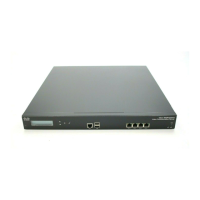
